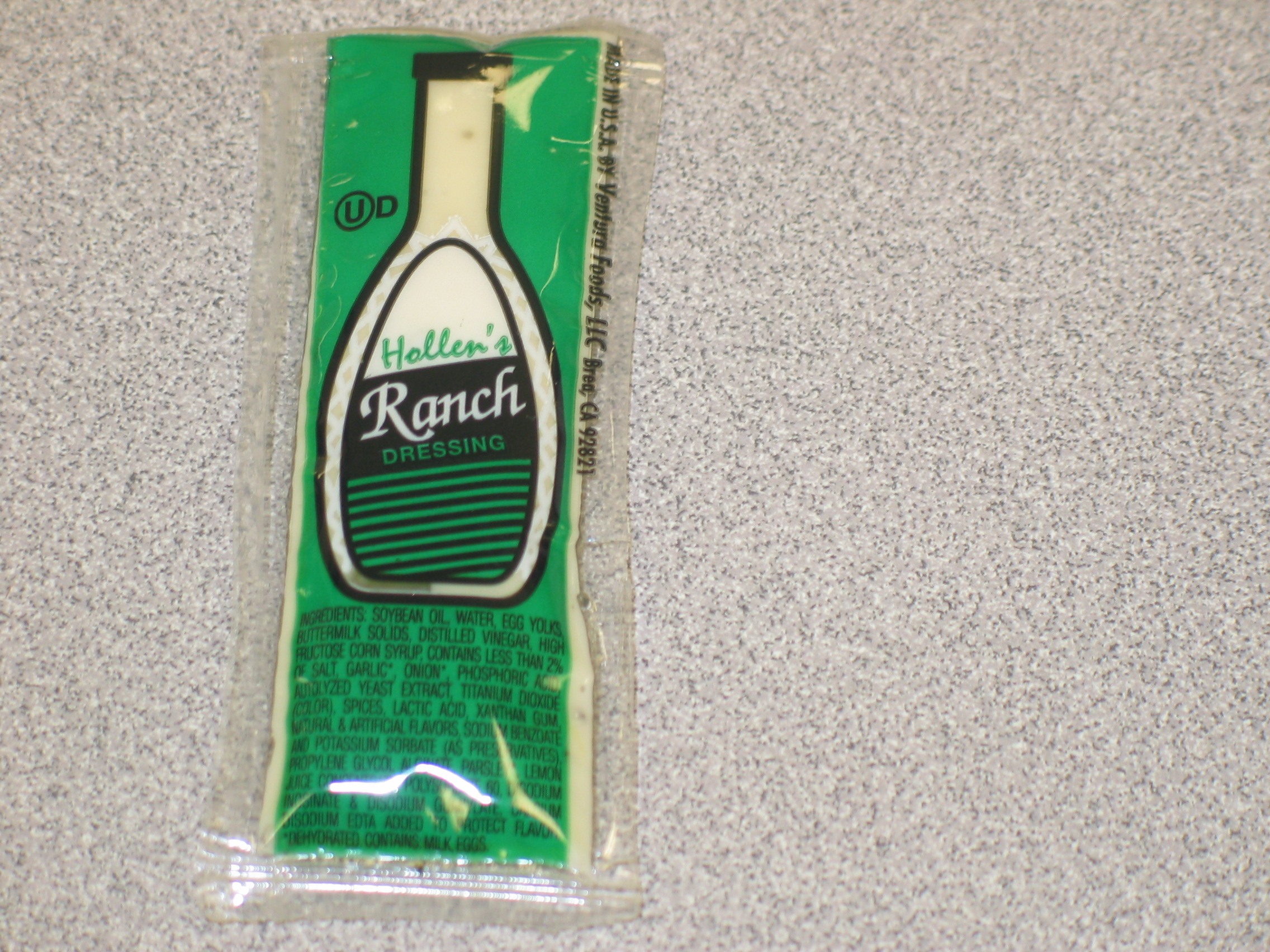Students, specialist suggest school lunch improvements

Cedar Falls High School, along with the rest of America is going crazy over healthy eating. One of the things the government is doing to encourage healthier lifestyles and decrease obesity rates is requiring schools to provide healthier lunches. While it may be a good idea in theory, Cedar Falls High School students are resistant to the change.
Junior Mallory Vallentine packs her own lunch. “The food is unappealing, and there are hardly any choices now compared to other years. I bring my own lunch because I can choose things I actually want to eat, and I know the food will actually fill me up,” Vallentine said.
She has a negative opinion about school food. “I dislike school food because it doesn’t look good and doesn’t taste that good. They serve the exact same things every week, and a lot of times the food isn’t fresh,” Vallentine said.
While Vallentine doesn’t like school food as it is, she does have ideas about how it could be better. “I think they could add some dishes to the menu to vary it up a little. It would be nice if they would allow us to have more condiments. Instead of serving us frozen food all the time, the lunch staff could try to get fresh food more. Basically, things along those lines should change,” Vallentine said.
Despite being unsatisfied with the food, some students continue to buy school lunch. Senior Zach Souhrada-Rogers buys school lunch on a regular basis. “It’s easier to just get lunch at school then spend the time trying to figure out what to bring, how and where to store it, and all that stuff,” Souhrada-Rogers said.
Souhrada-Rogers enjoys some of the changes made to school lunches this year, but he does have some criticisms. “I like some of the new things that they’ve added. They’ve started throwing in a lot more veggie options that are pretty good,” Souhrada-Rogers said. “Their problem is with portions, especially in regards to condiments. For example, they have the huge salad bowls which qualify as three to four servings of vegetables, but only give one packet of dressing, which isn’t proportional at all and leaves you with a bland, tasteless salad.”
Besides the salads, Souhrada-Rogers found a way of dealing with other frustrations related to school lunches. “[T]he limitations on condiment packets has been rather inconvenient, so to beat the system, I bought a box of 1,000 ketchup packets and bring baggies of packets each day for lunch,” Souhrada-Rogers said.
Souhrada-Rogers has other ideas that would improve the taste of school lunches with the Healthy Kids Act. “I think the best thing they could do is take away the condiment restriction. It would resolve a lot of complaints around the school and probably encourage more people to actually eat the vegetables. I get the side salad every day it’s available because it means I can get the ranch packet. It’s not like we’re putting five ketchup packets on everything we can. We just need enough to enjoy our food, and one packet just doesn’t cut it,” Souhrada-Rogers said.
Food Service and Nutrition Specialist Vicky Ecker has the facts on the changes in the program. “The Nutrition standards are the foundation of federal school nutrition programs and have recently been updated to reflect the current Dietary Guidelines for Americans. The Standards were established for menu planning by studying the nutritional needs of groups of children at different ages. Nutrition standards consists of the required food components, levels of calories, and the key nutrients to meet the nutrition goals for specific age or grade groups of children for breakfast and lunch over the course of one week,” Ecker said.
While students have their own set of complaints about the changes, the new regulations cause some challenges for the food staff, despite the good ideas behind the changes. “These changes have some good points especially as part of an effort to curb childhood obesity. However, these changes are too abrupt and stringent. The USDA is making the major changes in school meals to help ensure a healthier generation of children. These changes are intended to benefit the long-term well-being and success of today’s students,” Ecker said.
With healthier eating comes healthier options, this year, some of the most popular items on the menu are fresh fruits and vegetables, according to Ecker. “We have included a variety of freshly made salads every day which could be sold as an a la carte as a reimbursable meal.”
In addition to these fresh foods, Ecker admits if it weren’t for such a large student population, she would like to see other changes. “I would really like to see our meals prepared from scratch but our kitchens’ are not fully equipped with the pieces of equipment designed for quantity food production,” Ecker said.









You must be logged in to post a comment Login